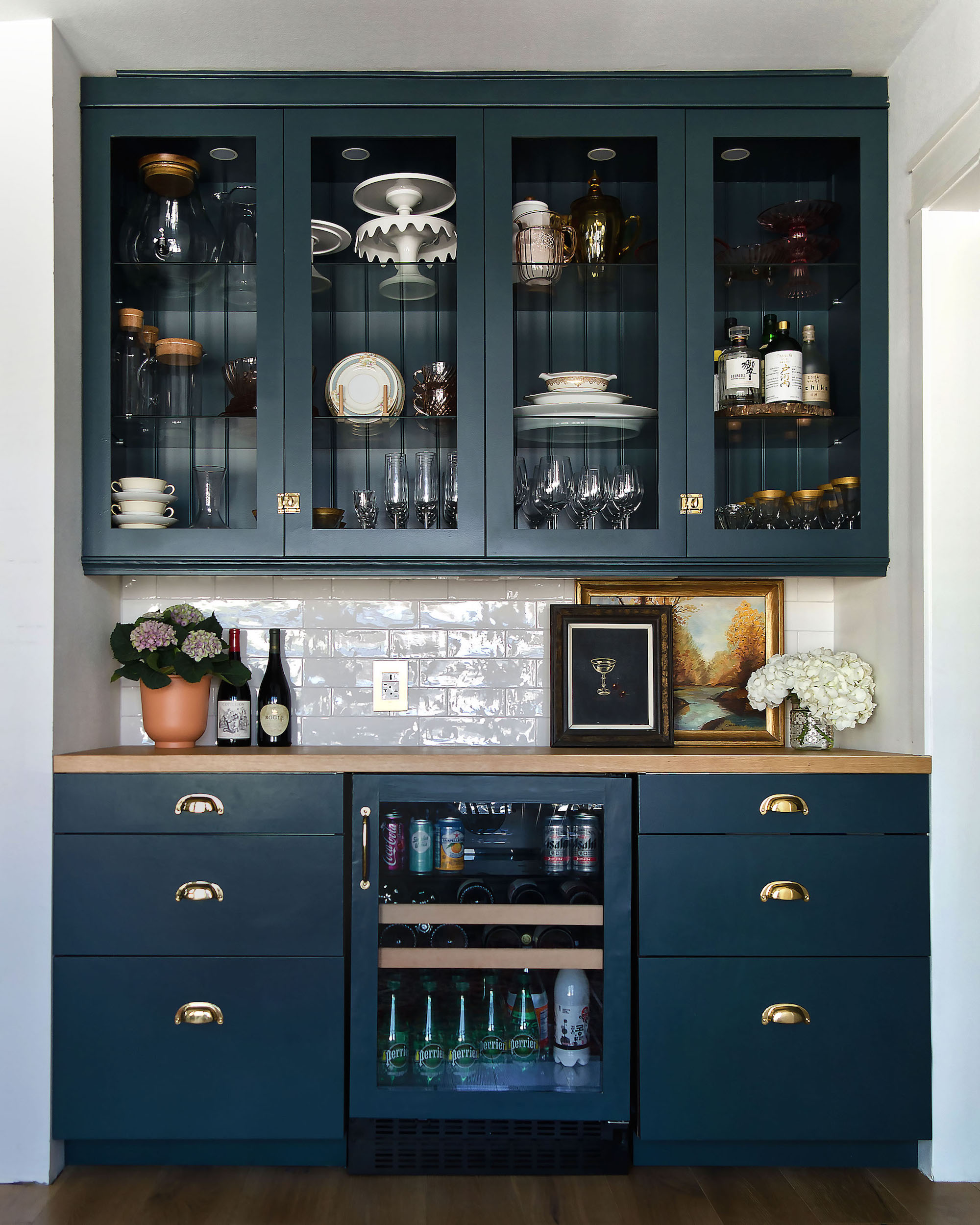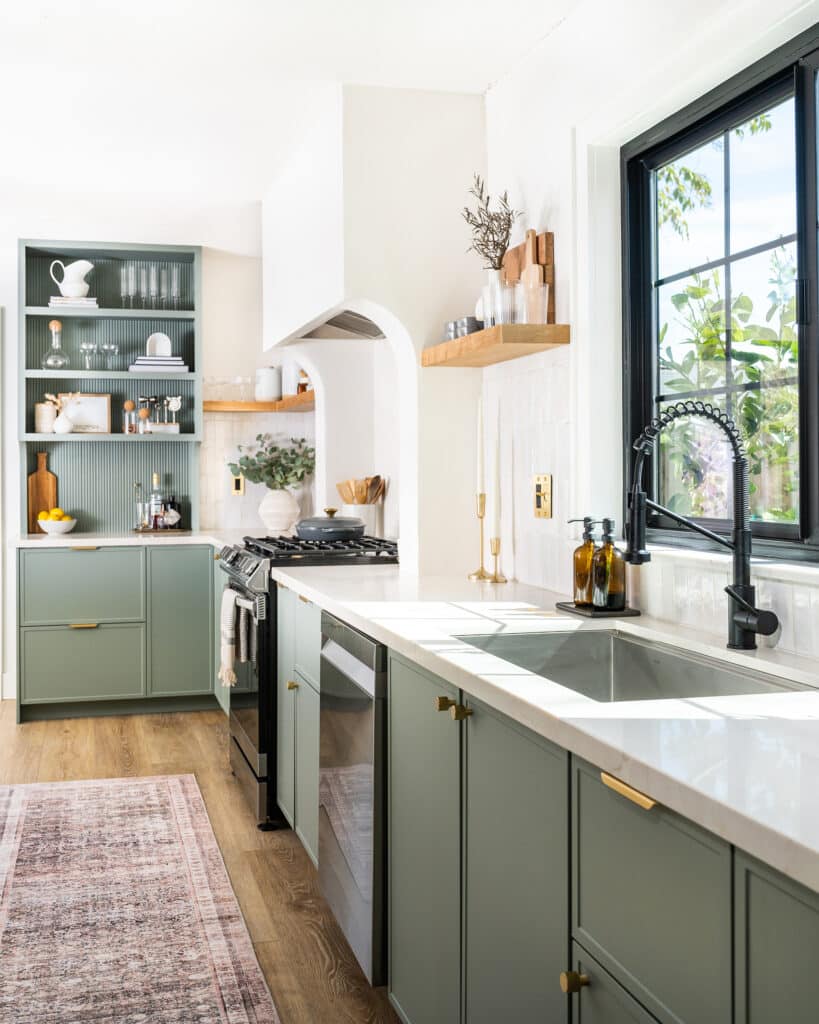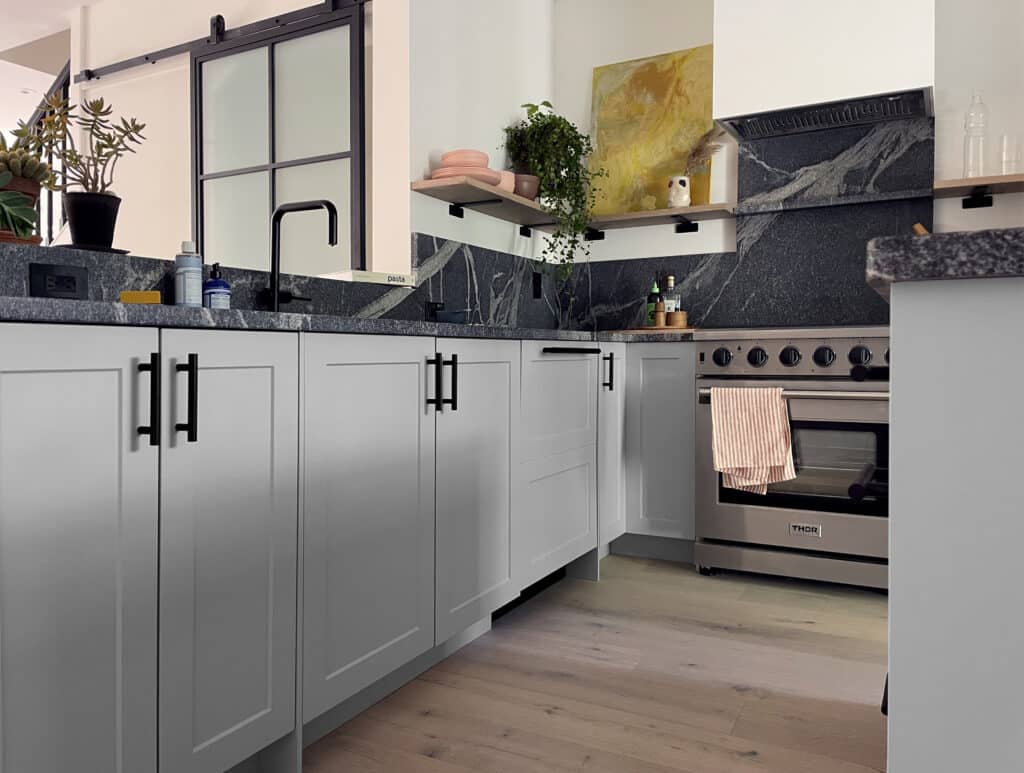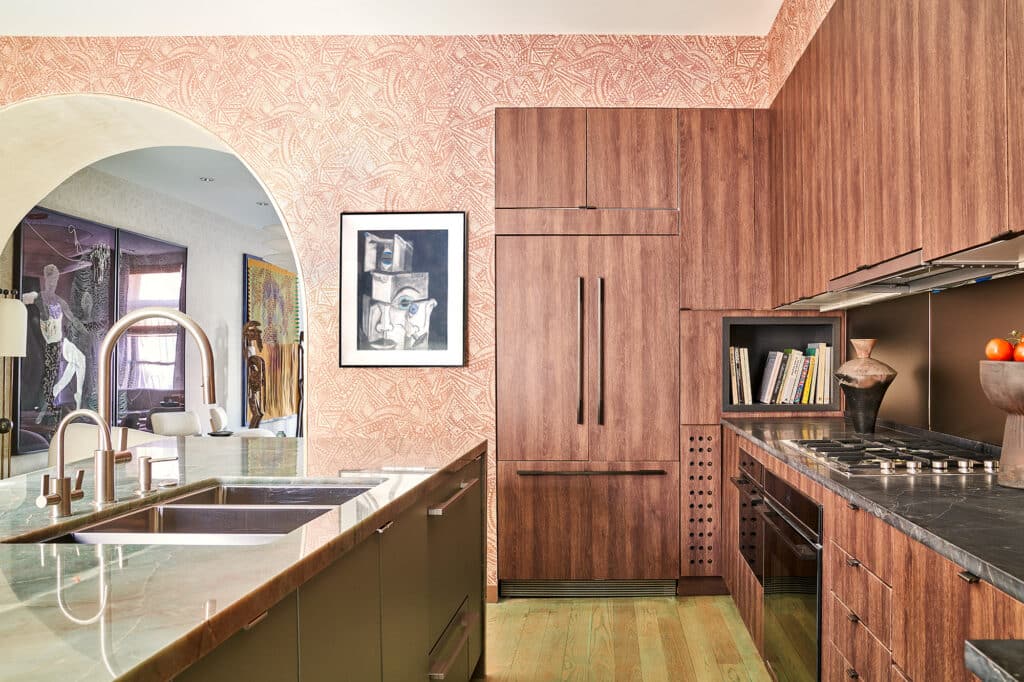Like many Americans, our household grocery shopping abruptly shifted in March.
Suddenly almost all meals were eaten at home. We were heading to the store less frequently and buying a greater quantity at each visit. This probably sounds familiar. Covid-19 disrupted many things: it even prompted us to build bomb-shelter pantries, stock up on Lucky Charms, and try sourdough starters for the first time.
Thankfully, one of my big projects last year was a pantry overhaul so I had a place to store the additional beans, rice, and coffee. An epic battle with pantry moths had been the impetus for my makeover. It took tearing walls down to finally eradicate them. But the resulting organized space for food storage has certainly come in handy.
As it turns out, my organizing journey is the result of centuries of food storage evolution, and it all started in Ancient Rome:
Praying to the Pantry Gods
Food storage was such a critical part of daily life in Roman times that people worshiped gods of the pantry (di penates). These guardians of the household’s food supply (did they protect against moths?) symbolized the continuing life of the family. They were honored daily with scraps from each meal thrown into the fireplace. (In wealthy families, they were even served with a monthly pig sacrifice.)
Pantry = Bread
While my modern pantry might be home to extra cans of black beans, those first iterations were all about bread (the word is derived from the Latin word for bread, panis). In the Medieval era, this space was overseen by the Yeoman of the Pantry, whose sole responsibility was to supply the loaves at mealtime.
This was a full-time job. (And it was so important that the person chosen was usually a minor nobleman.) At the time, aged, round slices of bread, called trenchers, acted as throwaway dishes, which meant the Yeoman was responsible for both providing food and something to serve it on. The charred bottom was used for serving while the more desirable, top crust was eaten by the head of the household and guests (this is where we get the phrase upper crust, referring to the higher echelons of society).
No Refrigerator? No Problem
In the days of pre-refrigeration (up until the 1920s), the pantry wasn’t quite large enough to store all the household’s dietary needs. There was also a buttery for milk, cheese, and beer. Meat was stored in a larder.
The Italian Renaissance pantry contained dry goods as well as candles, plates, cutlery, and wine. Because the household silver (and sometimes gold!) was stored here, it was a person’s sole job to monitor the stock (as in the earlier Medieval era). They kept a strict account book noting the comings and goings of everything from the candlesticks to the flour.
Fast-forward to Victorian England, the pantry was the core of both humble cottage kitchens as well as large estates (think Downton Abbey). In the latter, it would have been in the form of a large walk-in cupboard with a stone floor and maybe even slate shelves to keep perishables cool.
Butler’s Pantry
By the 17th and 18th centuries in England, the head of the household staff was the butler. (The name refers to botellier, an old French designation for one in charge of serving the wine.) In addition to all the foodstuffs, the Butler’s Pantry was under the purview of this most senior member and used to store serving items rather than food: All that made the table sparkle was here from silver candelabras to starched linen napkins.
The Fall of the Pantry
By the 1930s, the pantry had become a thing of the past. Newer homes had floor-to-ceiling cabinets and refrigerators for food storage. Houses at the end of the Second World War were considerably smaller and the wartime concern about food hoarding had made “stocking the pantry” unthinkable. (This is why Midcentury homes come up short in the storage department.)
The Modern Pantry
While 1930s Americans were encouraged not to stock up, we were told to do the opposite this year. Our duty was to limit trips to the store (and generally stay home). The pandemic wasn’t the only boon to the pantry. The need for additional kitchen storage has been on the rise throughout the millennium as a result of both a renewed interest in cooking as well as the rise of wholesale shopping. Even the largest cupboards can’t quite contain the results of a Costco-sized shopping trip.
The pantry in my 1960s home likely started out as more of a broom closet. I borrowed space from the room next door to expand it and it has helped on my perpetual quest to keep those countertops clear. I did ultimately win the battle against those moths. (Note: This is one practical reason decanting your dry goods into matching canisters is useful. Those pesky insects can come straight from the store. Yuck!)
As the pandemic has highlighted, your pantry doesn’t have to be Instagram worthy, it just has to sustain you (and the right organization method can help). While you’re at it, maybe we should all throw a little something into the fire for our pantry gods hoping that next year looks very different from this one.
References
Albala, Ken. The Banquet: Dining in the Great Courts of Late Renaissance Europe. Chicago. University of Illinois Press, 2007.
Foy, Karen. Life in the Victorian Kitchen: Culinary Secrets and Servants’ Stories. South Yorkshire, UK. Pen & Sword History, 2014.
Hastings, James, ed. Encyclopaedia of Religion and Ethics: Dravidians – Fichte (The Encyclopedia of Religion and Ethics, 5). London: T&T Clark International, 2000.
Pond, Catherine Seiberling. Layton, UT. The Pantry: Its History and Modern Uses. Gibbs Smith, 2007.








